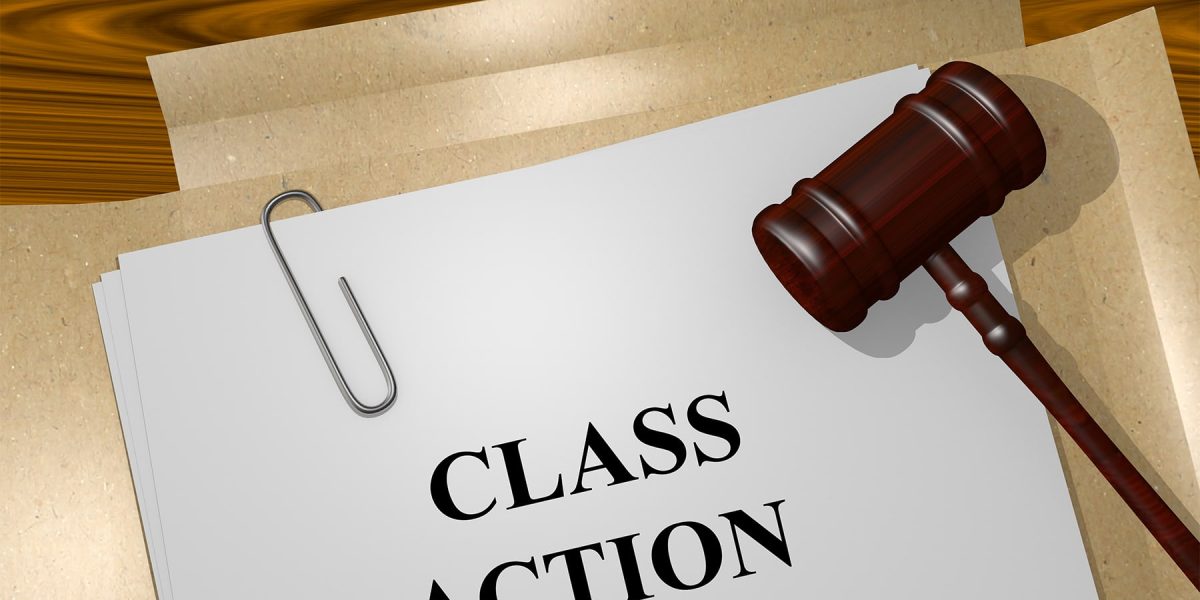Demystifying Class Activity Claims: A Closer Look at Legal Procedures
Class action claims can be daunting and intricate, frequently shrouded in a shroud of enigma for those strange with the lawful process included. From understanding the requirements for course activity eligibility to the duty of course representatives, and from the process of course qualification to the resolution of these claims, we will untangle the ins and outs and shed light on the internal operations of this legal device.
Recognizing Course Action Lawsuits
Recognizing Class Activity Suit calls for a detailed examination of the legal proceedings associated with cumulative litigation. Class activity suits are a type of lawful action where a team of people with comparable insurance claims or grievances sign up with with each other to launch a suit against a typical defendant. This kind of litigation enables individuals with minimal resources to collectively seek justice, as it combines the strength of multiple specific claims right into a solitary legal activity.
The procedure starts with the recognition of a lead complainant or course representative that submits the initial problem in support of the entire class. The court after that figures out whether the situation meets the requirements for class qualification, that include commonness, numerosity, typicality, and adequacy of representation. If certified, the court notifies potential course members, offering them an opportunity to opt-out if they wish to pursue their claims independently.
As soon as the class is accredited, the litigation proceeds via different stages, consisting of discovery, activity technique, and, if required, test. The result of the lawsuit can result in a negotiation or a judgment, which is binding on all course participants unless they pick to opt-out. Course action claims can include a wide range of lawful issues, such as customer protection, securities fraud, work discrimination, and environmental damage.
Recognizing the subtleties of course activity lawsuits is critical for both accuseds and plaintiffs entailed in cumulative litigation. It requires a complete understanding of the legal requirements for accreditation, the rights and obligations of course participants, and the potential benefits and threats related to safeguarding or seeking versus class activity cases.
Identifying Course Activity Qualification
To determine whether a legal activity certifies as a course action suit, certain criteria must be satisfied. These requirements are designed to make certain that the situation can effectively represent the passions of a huge group of individuals that have actually suffered comparable damage or have actually been influenced by the same problem. The essential element in identifying course action qualification is the presence of a common inquiry or problem that affects all potential course members.
First of all, a class action lawsuit needs numerosity, which implies there must be a significant number of possible class members entailed. This guarantees that a course action is an efficient way to settle the insurance claims of a large team of individuals, as opposed to having everyone file a private claim.
Second of all, there have to be commonness amongst the insurance claims of the potential class members. This implies that there should be an usual inquiry of legislation or reality that is central to the instance. A class activity might not be appropriate. if each possible course participant's insurance claim is one-of-a-kind and unrelated to the others.

The Function of Class Rep
Class representatives play an essential duty in class activity suits by representing the passions of the entire class. These people are picked from within visit this website the course to serve as the general public face of the suit and are in charge of making choices on behalf of all course participants. The role of class representatives includes different duties and tasks throughout the legal procedures.
Among the main duties of course representatives is to give information and assistance to their fellow course participants. They act as a factor of call and communication in between the course participants and the attorneys representing them. This consists of maintaining the course participants informed about essential updates, answering their concerns, and attending to any kind of problems they might have.
Course reps likewise have the task to actively join the litigation procedure (Archer-Daniels-Midland class action lawsuit). This involves functioning carefully with the attorneys to establish legal approaches, collecting evidence, and offering testimony if essential. They need to be actively involved in all facets of the instance to guarantee that the very best interests of the whole class are represented
In addition, course representatives are accountable for accepting settlements or various other resolutions gotten to in the suit. They must meticulously examine the terms of the negotiation and choose that remains in the very best interest of the whole class. This decision-making procedure requires mindful consideration and appointment with the class participants.
The Process of Course Accreditation
The procedure of certifying a course in a class activity lawsuit entails a complete assessment of details criteria to establish if the case fulfills the necessary needs for class accreditation. Course certification is a crucial action in the lawsuits process as it figures out whether a lawsuit can proceed as a course activity, allowing a big team of individuals with similar insurance claims to be stood for collectively by one or a few people.
To obtain class accreditation, the plaintiff must demonstrate that the suggested course satisfies specific requirements. These prerequisites usually consist of numerosity, commonness, typicality, and adequacy of representation. Numerosity needs that the class is so big that joinder of all participants is not practical. Commonality requires that there are inquiries of regulation or fact common to the class members. Typicality needs that the insurance claims or defenses of the pop over here course reps are regular of those of the class. Adequacy of representation guarantees that the class agents will relatively and appropriately safeguard the rate of interests of the class.
The court will scrutinize these requirements and the plaintiff's evidence to determine if the recommended course fulfills the required requirements. The court may likewise take into consideration other variables, such as whether a course activity is the superior approach to fix the conflict and whether the class is sufficiently natural.

When the court gives class accreditation, the suit can continue as a class action, enabling the plaintiffs to jointly seek alleviation and possibly obtain a judgment or settlement that profits the entire class.
Managing Class Activity Lawsuits
Once course certification has been granted, the next action in dealing with a class activity claim is to browse the process of lawsuits or settlement arrangements. Lawsuits refers to the legal process in court, where the complainant's lawyer presents evidence and arguments to support their cases, and the offender's attorney counters with their own proof and debates. This procedure can entail different stages, such as pretrial activities, discovery, and test.
On the other hand, negotiation arrangements involve discussions in between the events to reach a mutually acceptable resolution without mosting likely to test. Future FinTech class action lawsuit. Settlement uses may be made at any stage of the lawsuits process, and if both events concur, a settlement arrangement is reached. This arrangement typically describes the terms and conditions of the settlement, consisting of any kind of monetary payment, injunctive relief, or various other remedies. Once the settlement is wrapped up, it is presented to the court for approval.
Verdict
To conclude, class action suits play an essential duty in giving justice and settlement to large groups of people that have been damaged by the very same entity. By appointing and licensing a course course representatives, the legal procedure becomes much more reliable and easily accessible for the complainants. Managing these claims can be a complicated and extensive process, yet it is essential in holding firms responsible for their actions and making certain fair outcomes for all affected parties.
From understanding the standards for course activity qualification to the role of class agents, and from the process of class qualification to the resolution of these legal actions, we will certainly untangle the complexities and dropped light on the inner functions of this lawful device. The essential factor in recognizing course activity qualification is the existence of a common question or concern that influences all possible course members.
If each potential class participant's insurance claim is unconnected read review and one-of-a-kind to the others, a course action may not be ideal.
Course reps play a vital duty in class activity claims by representing the passions of the whole class.Once course certification has actually been provided, the following step in settling a class action claim is to navigate the process of lawsuits or negotiation arrangements.